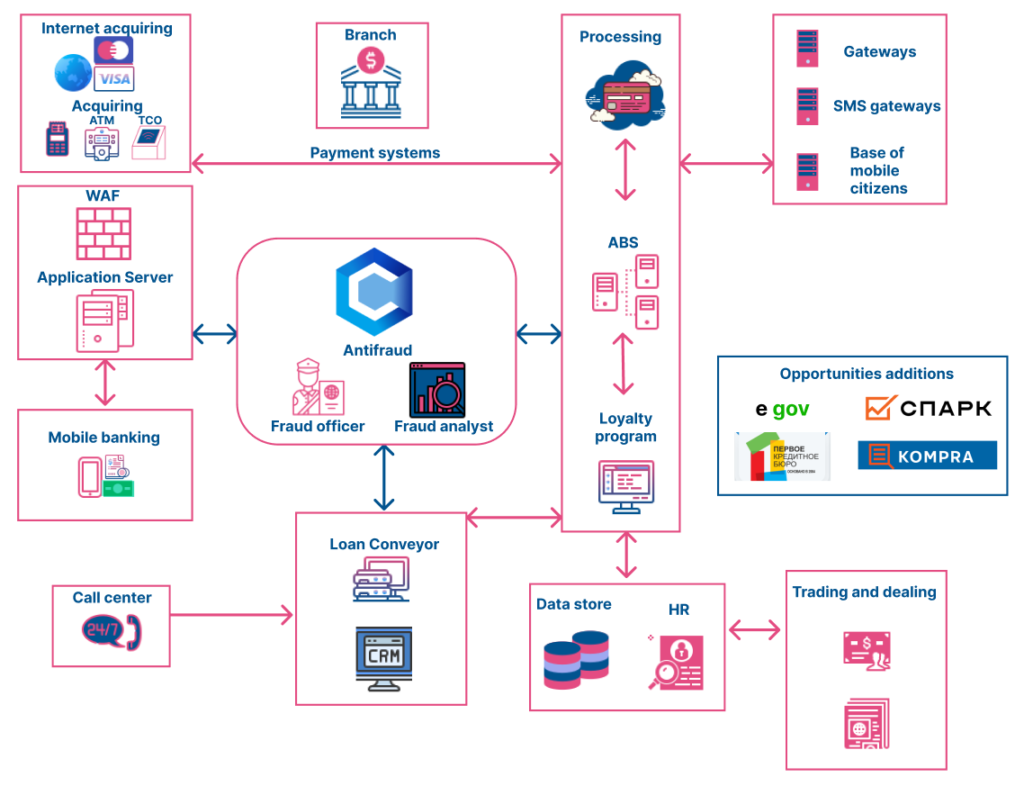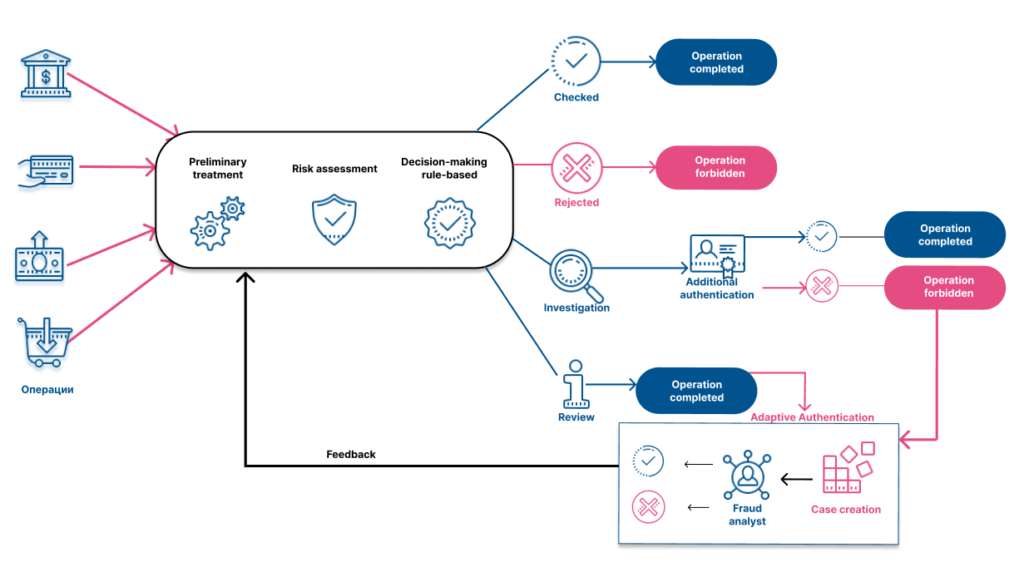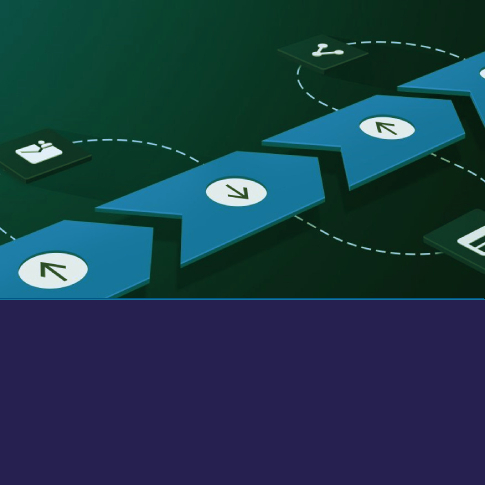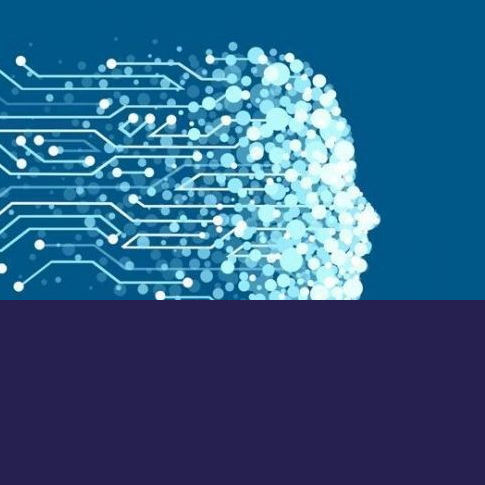Antifraud
- Home
- Antifraud
Solving fraud issues and improving reliability of the financial institutions
Protection
Versus unscrupulous employees, customers, contractors and others.
Control
The operations online and offline.
Compliance
AML, CFT, KYC, anticorruption, automated compliance.
Up-to-Date
Analysis of the latest threats, development of new rules/scenarios.
The problem that we solve
billion tenge
of revenue lost by the companies due to fraudulent activities (ACFE, GFS)

Every third resident
has experienced the fraudsters who allegedly acted on behalf of a bank (KURSIVE, 2020)
Rise in fraud cases as of June 2022, according to the government services
Data required for analysis

Scheme of the Antifraud cross-channel monitoring system

Protection of Clients’ Funds from Fraudulent Activities
Analysis
Collect and analyze identified and potential events to consider the possibility of risk reduction. Implement automated control in the Antifraud system for high-risk products.
Automation
Implement the scenarios and rules to detect suspicious activity. Check the effectiveness of the configured rules by analyzing the processed incidents, then optimize the rules in the Antifraud system.
Outcome
Data enrichment for the Antifraud system from the information systems. Machine learning launch. The organization continuously monitors, detects events, responds, and optimizes controls.

Benefits of an anti-fraud system
Data security:
Protection from unauthorized access to confidential information.
Prevent leaks and theft of customer data.
Early fraud detection:
Automatic detection of suspicious activity in real time.
Timely notification and blocking of suspicious transactions.
Efficiency and accuracy:
Utilizing machine learning algorithms for high accuracy in detecting fraudulent activity.
Reduce false positives by adapting to unique business characteristics.
Saved time and resources:
Automated fraud detection and prevention process.
Freeing employees from routine checks, allowing them to focus on more important tasks.
Antifraud system license price
License pricing is available upon customer request and depends on a variety of factors including:
System customizations:
The size and complexity of antifrod system customizations to meet business needs.
Support Level:
Various technical support packages with options including consulting, upgrades and staff training.
Volume of usage:
Price may depend on the volume of transactions and data processed by the system.
Customized Requirements:
Additional functional requirements or integrations specific to the client’s business processes.
An anti-fraud system that adapts to your business
This system is learnable and able to adapt to any business due to:
Flexible customization:
The ability to customize system settings to fit the unique characteristics of your business processes.
Machine Learning:
Utilizing machine learning algorithms to continuously improve the system and increase its efficiency.
Adaptation to change:
The ability of the system to respond quickly to new fraud techniques and changes in the business environment.
Custom Optimization:
The ability to provide additional training to the system to optimize it for specific business needs.







